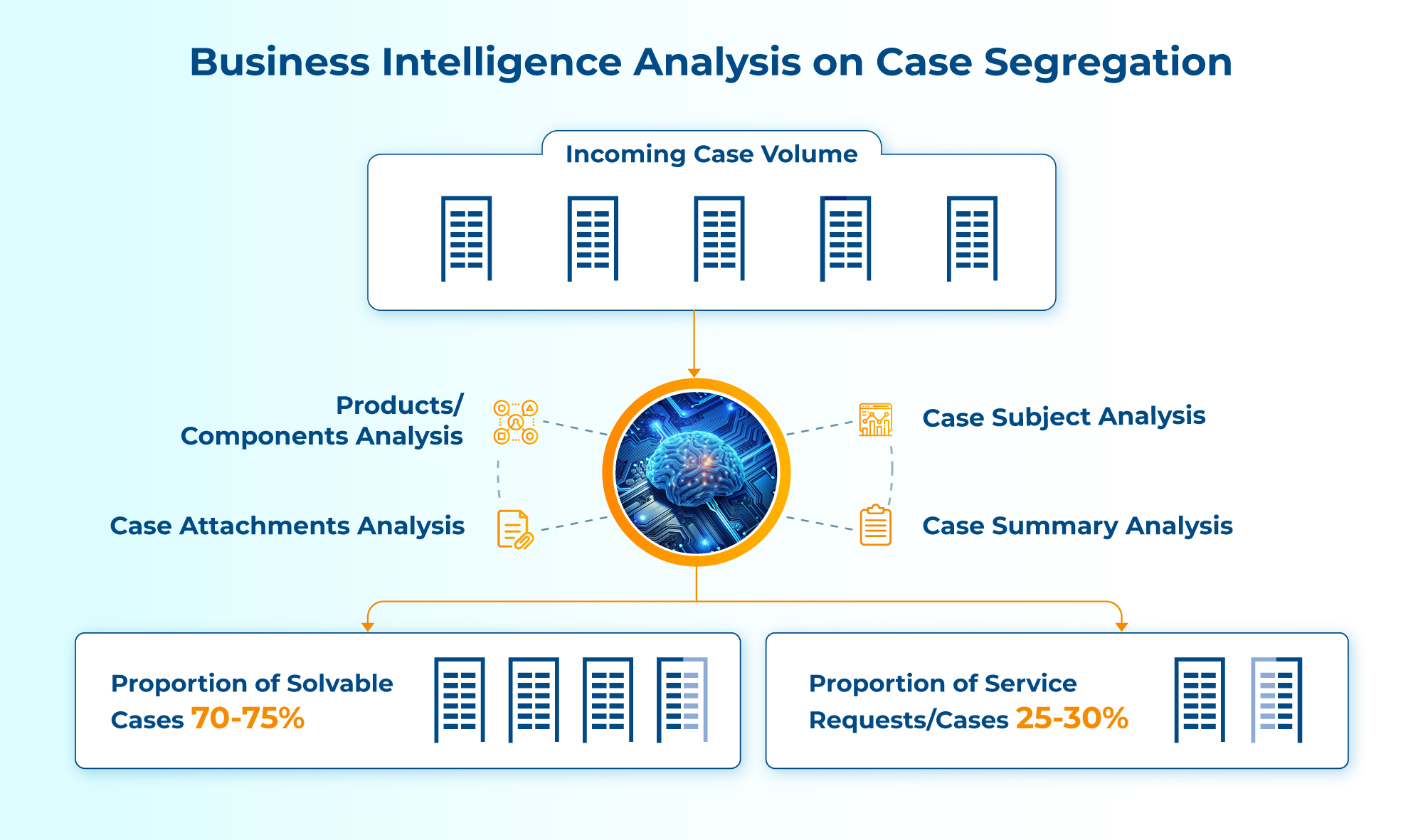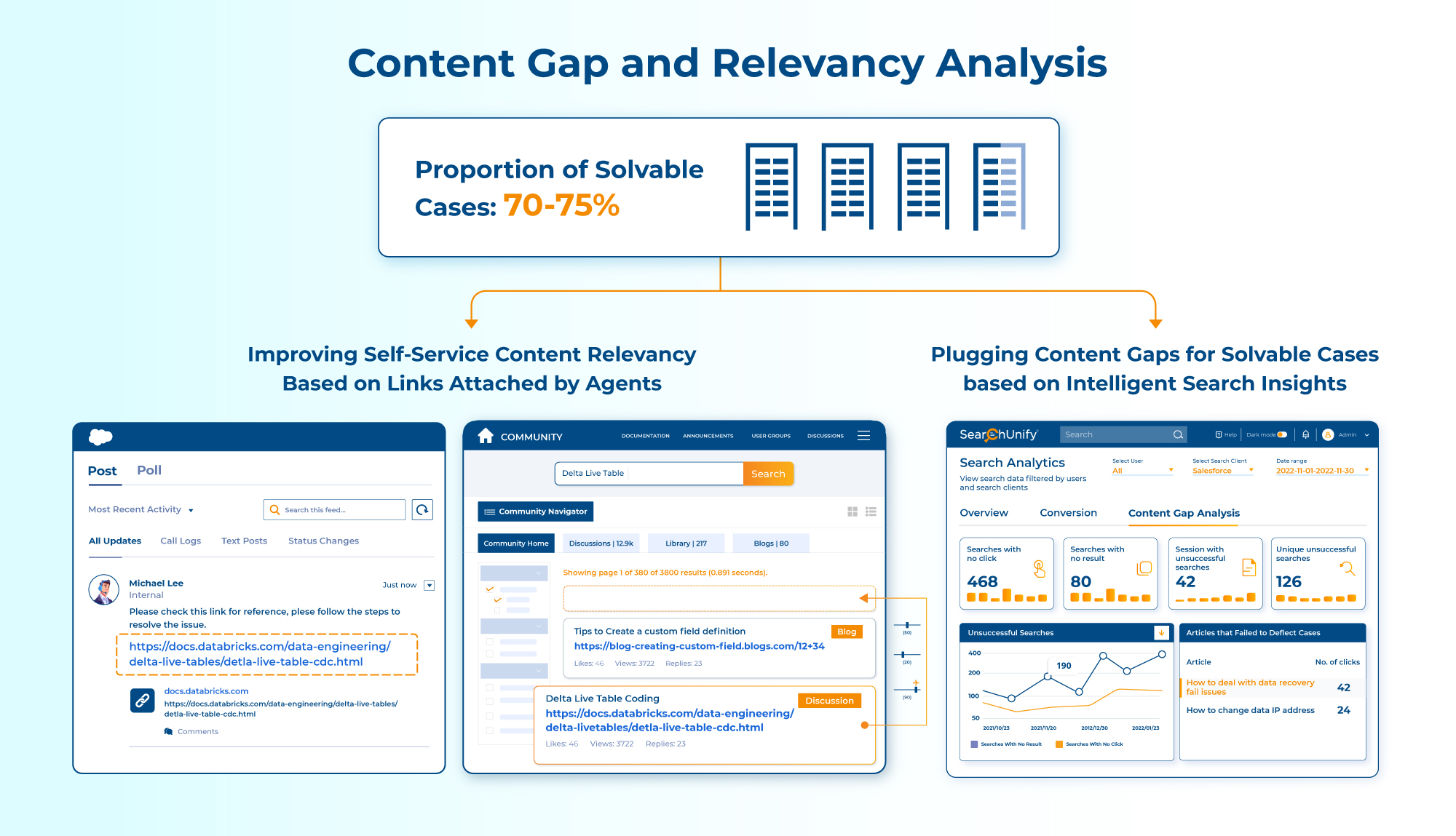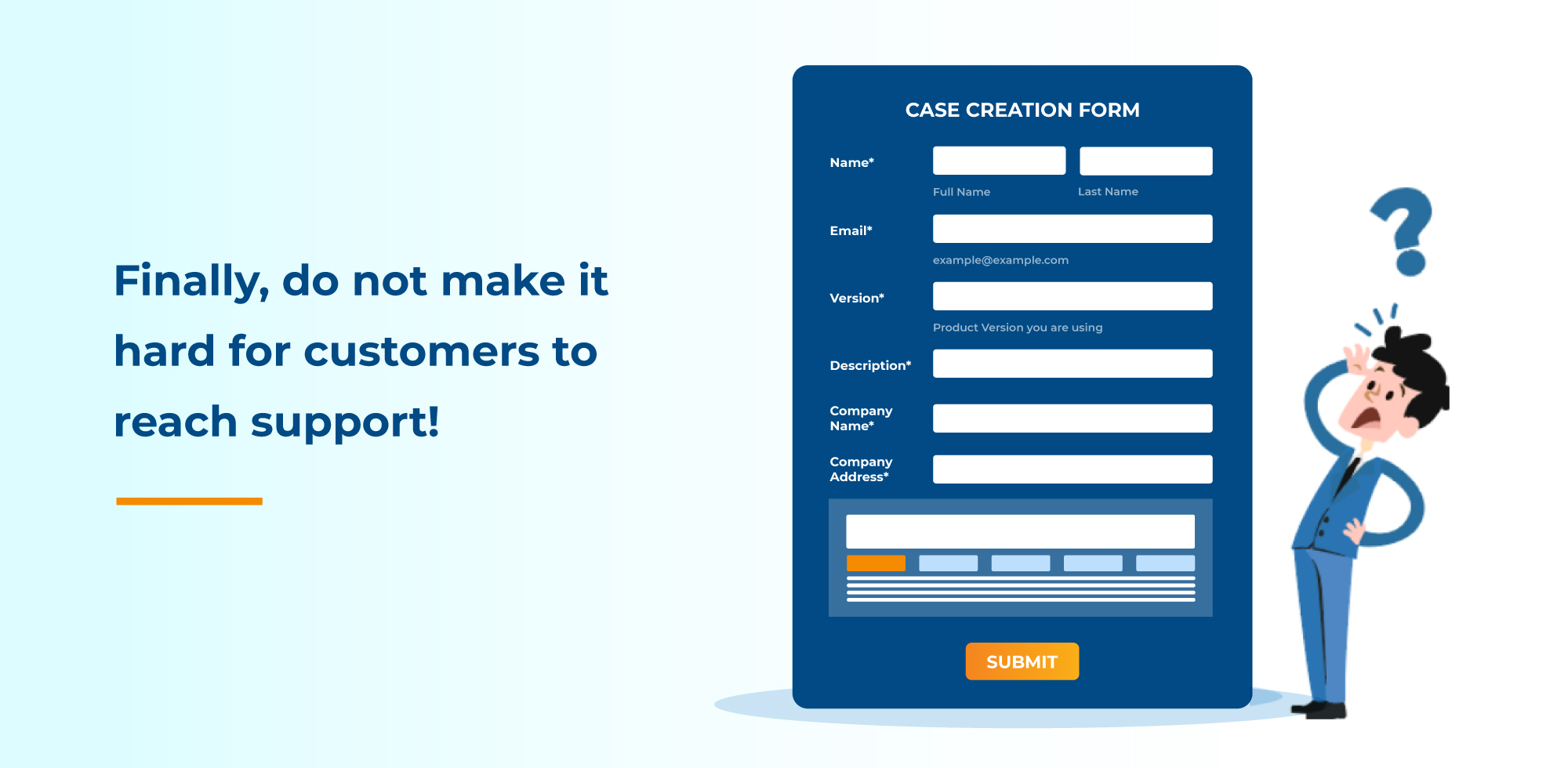
In today’s customer-centric world, a self-service portal is no longer a luxury—it’s a necessity. But simply having a portal isn’t enough. To truly empower customers and reduce support costs, you need to design a support portal that acts as a powerful deflection engine, guiding users to find solutions independently.
This blog post delves into proven design strategies, providing a practical roadmap to optimize your support portal for maximum self-service resolutions and enhanced customer satisfaction.
The Self-Service Paradox: High Expectations, Low Adoption
Despite the availability of self-service, 53% of customers still turn to an agent, with only 20% doing so because they believe self-service is unavailable. This means 33% of customers are bypassing self-service because it fails to meet their expectations. A major reason for this is the inability of current self-service systems to resolve basic “how-to” or product-related inquiries, which account for nearly 24% of all customer support cases.
The solution? A paradigm shift in how we approach support portal design.
Moving Beyond the Basics: The “Unified Self-Service AI Agent” Vision
Imagine a support portal that acts as an intelligent, personalized assistant, seamlessly guiding customers to the right solutions. We, at SearchUnify, refer to this as the “Agentic Self-service Hub” and it’s rapidly becoming the gold standard for exceptional support experiences. This vision centers around a unified interface where:
- Customers effortlessly transition between AI-powered answers, personalized FAQs, dynamic search results, and direct agent support—all within a single, intuitive platform.
- Generative AI powers intelligent search, personalized content recommendations, and even drafts responses, making the experience proactive and efficient.
- The user journey is paramount, with every element designed to make finding solutions as frictionless as possible.
5 Design Strategies to Improve Self-service Success NOW
While the “Agentic Self-service Hub” represents the future of support, there are practical steps you can take today to transform your existing portal into a deflection powerhouse:
1. Leverage GenAI for Case Intent Detection and Self-Service Channel Routing
- The Challenge: High call and email volumes, inefficient use of customer data, and lack of intelligent case routing.
- The Solution:
- Implement AI-powered intent detection to understand the customer’s issue from the moment they interact with your portal.
- Use customer data (product ownership, past interactions, etc.) to personalize search results and content recommendations.
- Develop a robust case routing system that seamlessly transitions customers to live agents when self-service isn’t sufficient, ensuring a smooth and frustration-free experience.
2. Advanced Personalization and Dynamic Knowledge Discovery
- The Challenge: Delivering a personalized experience that caters to individual needs and preferences.
- The Solution:
- Gather rich customer data: Go beyond basic demographics; understand their product usage, support history, and even their stage in the customer journey (onboarding, loyal customer, etc).
- AI-Powered Personalization: Utilize AI algorithms to surface highly relevant content. This could include:
- Personalized homepages with curated content feeds, trending articles, and personalized recommendations.
- AI-crafted answers: Leverage generative AI to provide concise, synthesized answers from multiple knowledge sources, saving the customer valuable time.
- Similar searches: Show what other customers with similar issues have searched for, guiding them towards relevant solutions.
- Dynamic Content Adjustment: Continuously adapt the content presented based on user behavior, preferences, and the evolving knowledge base.

3. Business Intelligence Analysis for Case Segregation
- The Challenge: Effectively identifying, categorizing, and routing cases that require agent intervention.
- The Solution:
- Go Beyond Customer Selection: Move away from relying solely on customer input for case classification.
- GenAI-Driven Case Classification: Implement AI models trained on historical data to automatically categorize cases into “solvable” (FAQs, known issues) and “unsolvable” (require troubleshooting or escalation).
- Intelligent Routing: Automatically route solvable cases to self-service resources while ensuring complex issues reach the right agents with the appropriate expertise.

4. Content Gap and Relevancy Analysis
- The Challenge: Identifying and bridging content gaps, and ensuring existing content is relevant and up-to-date.
- The Solution:
- Analyze Search Queries: Identify common search terms that yield no or irrelevant results.
- Track Case Drivers: Understand the root causes of support cases and create content that proactively addresses those issues.
- Leverage Agent Insights: Encourage support agents to flag content gaps and suggest improvements based on their interactions with customers.
- Close the Loop: Continuously update your knowledge base with new content and refine existing articles based on analytics and user feedback.

5. Taxonomy Building and Reranking, Fueled by Machine Learning
- The Challenge: Ensuring search accuracy and relevance to deliver the right information to the right users.
- The Solution:
- AI-Powered Taxonomy Management: Leverage machine learning to automate keyword tagging, content categorization, and taxonomy maintenance, ensuring accuracy and scalability as your knowledge base grows.
- Dynamic Reranking: Implement machine learning models that analyze user behavior, search patterns, and content relevance to dynamically adjust search rankings, delivering the most accurate results to each user.
Don’t Forget the Human Touch
Even with a highly automated and intelligent support portal, the human element remains crucial. Design case creation forms and contact support processes with the customer in mind:
- Streamlined Forms: Use auto-fill for known customer data, keep forms concise, and prioritize clarity over visual clutter.
- Context-Aware Suggestions: As Patricia Lughezzani, Founder of PL Support Solutions, suggests, integrate a side-by-side layout for the subject field and search results in case submission forms. This allows customers to readily review potential solutions before submitting a ticket, maximizing the chance of quick resolution.
- Easy Access to Human Support: Ensure customers can easily find contact information or initiate a chat with a live agent when needed.

Conclusion
Transforming your support portal into a deflection engine is an ongoing process that demands a customer-centric approach, data-driven insights, and a commitment to leveraging the power of AI.
By implementing these design strategies, you’ll not only reduce support costs but also create a more satisfying and empowering experience for your customers, fostering loyalty and driving business growth.











